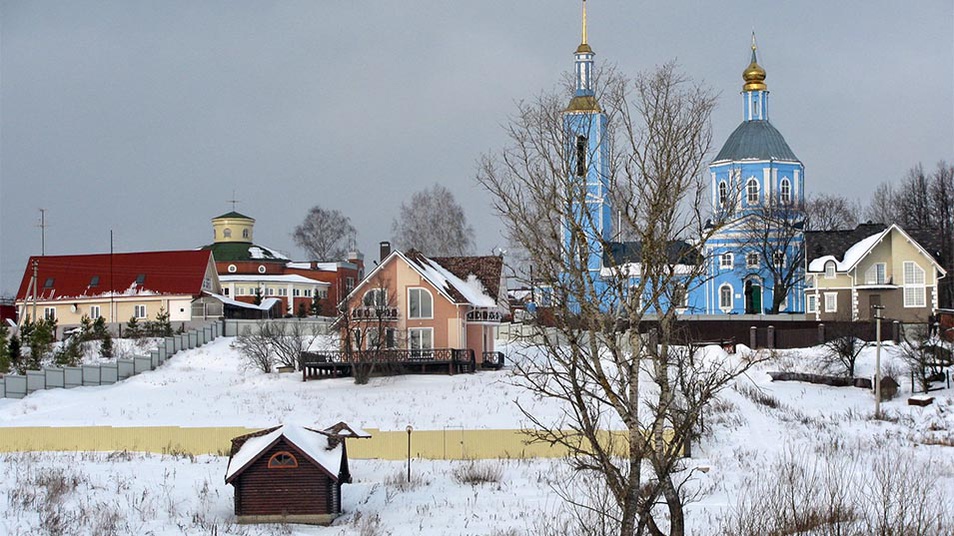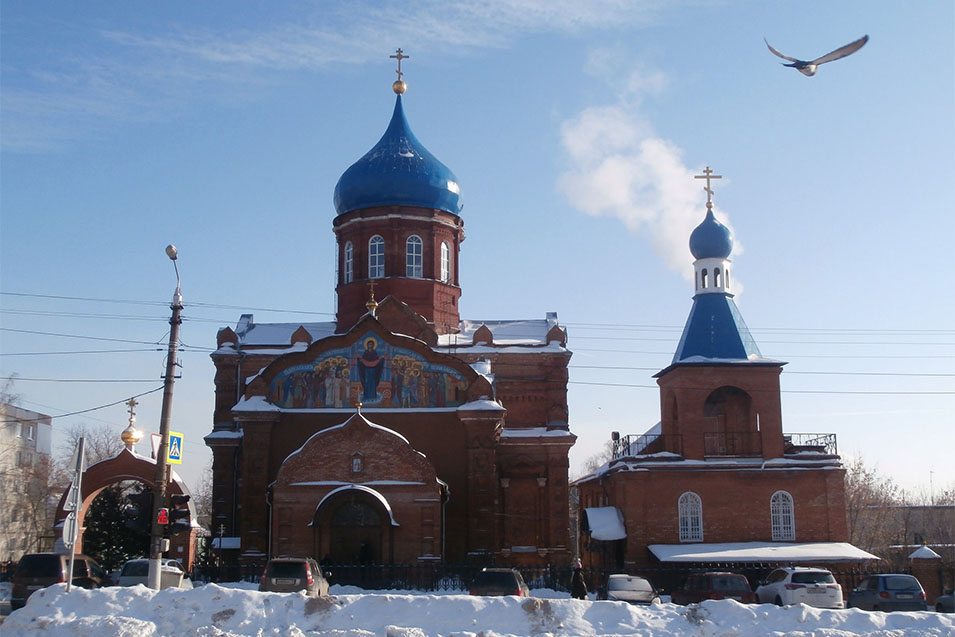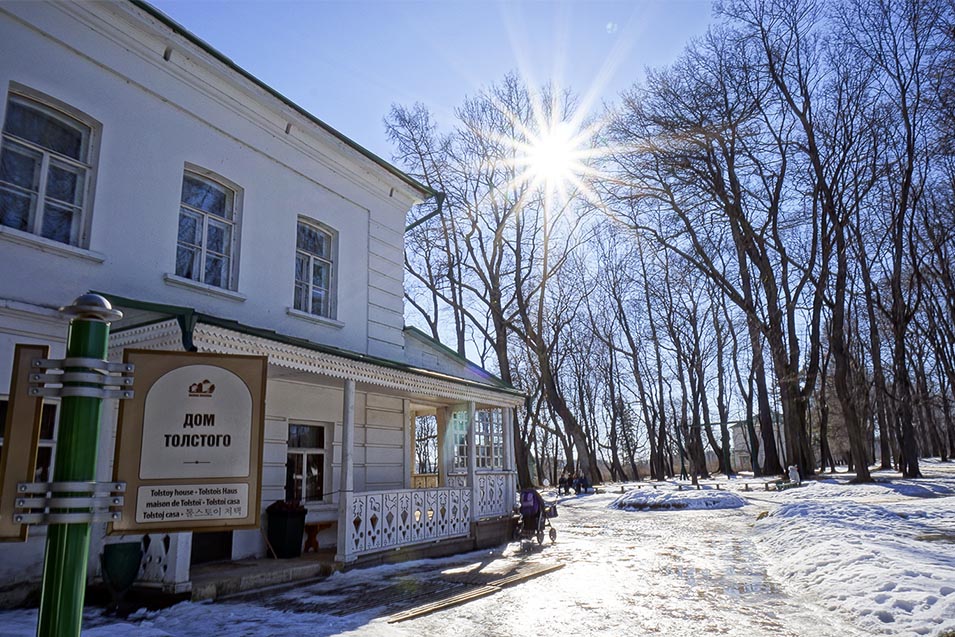The biggest change in Russia these days? Cool provincial cities.

Wikicommons
If you need a break from Moscow, hop on a high-speed train and find yourself in the newly cool-ified provincial city of Tula in just two hours.
Founded in late 14th century, Tula first belonged to the principality of Ryazan. But Tula’s famous kremlin (fortress) was built after being annexed by Muscovy in early 16th century. It quickly became a key point in the great line of fortifications built to repel Tatar raids into Central Russia.
Today the kremlin is still the jewel of Tula’s architecture. Behind its recently renovated walls you can find the grand five-domed Assumption Cathedral, built in the 18th century, a plethora of small museums devoted to local specialities like pryanik (gingerbread) and samovars, as well as a newly built exhibition center. Be sure to take a tour of the kremlin walls, which command impressive views.

viktor / Flickr (CC BY-NC-ND 2.0)
Interesting industry
Tula became an important economic center as early as the 18th century, when Peter the Great ordered the Demidovs, prominent industrialists, to build the first Russian armament center. The city still hosts several military factories, as well as medieval helm-shaped museum of armaments (2 Ulitsa Oktyabrskaya, museum-arms.ru).
Tula has plenty of disused or half-used factories, and a wave of gentrification has been sweeping across town over the last couple of years. The most notable example of this is the creative cluster Oktava (24 Ulitsa Kaminskogo, oktavaklaster.ru) in the very heart of Tula. Oktava means “octave” in Russian and the cluster is located at the still functioning microphone factory of the same name, which counts Bono, Marylin Manson and Thom York among its clients.
Opened last spring, Oktava houses the first in Russia Machine Tool Museum, showcasing the greatest achievements in machine-building and telling the history of industrialization in Russia in upbeat, multimedia format. Oktava also has an exhibition space with regular contemporary art shows, a cafe and craft workshops for kids. Events as diverse as pop music concerts and urban economics forums take place in its courtyard.

Oktava
Shops stops, art and Tolstoy
Right outside of the kremlin walls is the new Kazanskaya embankment, designed by the Moscow architecture firm Wowhaus, famous for the Strelka Institute on the Red October island and some of the Gorky Park’s renovations. Sip on a fresh coffee from Mr. Cup and watch the river Upa flow along old factory buildings.
Parallel to Kazanskaya embankment is another recently gentrified bit of Tula: the street called Ulitsa Metallistov. Lined with 18th and 19th century merchant mansions, it recently became pedestrianized. Turn left at the end of Ulitsa Metallistov and you’ll find yourself in another “creative cluster” on the premises of an abandoned factory – Iskra (11 Ulitsa Sovetskaya). Iskra is full of little restaurants and pubs. Check out “Lil Pil” and “What Else.”
For some culture, visit the local Fine Arts Museum, which has one of the best Russian art collections outside of Moscow and St. Petersburg. Nearby is Tula’s very own Central Park and an enormous statue of Leo Tolstoy.
The writer’s familial estate, Yasnaya Polyana, is just a 30-minure taxi ride away from the center of Tula. Today Yasnaya Polyana is a museum devoted to keeping everything exactly was it was in 1910, the year of the writer’s death.
Tolstoy’s house is still in perfect condition, with its famous wood-carved patio and book-filled library, as well as paintings by Ilya Repin, Valentin Serov, Ivan Kramskoi and many others. Walk around the park with its numerous ponds or pay your respects at Tolstoy’s resting place in the middle of the forest.
Yasnaya Polyana is not the only must-visit estate in Tula region. There’s also Polenovo, on the banks of mighty Oka river, where prominent turn of the century painter Vasily Polenov built his mansion. A member of the “Wanderers” (Peredvizhniki) group of realist painters, Polenov designed all the buildings on the estate, as well as a church in the nearby village of Bekhovo, a rare example of Russian Art Nouveau (Get a taxi from Tarusskaya train station on Tula-Moscow route).

Yasnaya Polyana
Where to stay
If you are spending a night in Tula, try SK Royal (29 Ulitsa Sovetskaya, sk-royal.ru/hotels/tula), generally considered the best option for out-of-towners on business. Alternatively, stay in the countryside, at Bolotov Dacha, which is close to Polenovo. Bolotov Dacha looks like a mansion straight from a 19th century novel, only with all the modern conveniences. There is a large open kitchen and dining hall on the first floor, where you can get great food and coffee pretty much any time of day (Dvoryaninovo, Tula region, bolotov.life). Skiing and skating equipment is free of charge.






